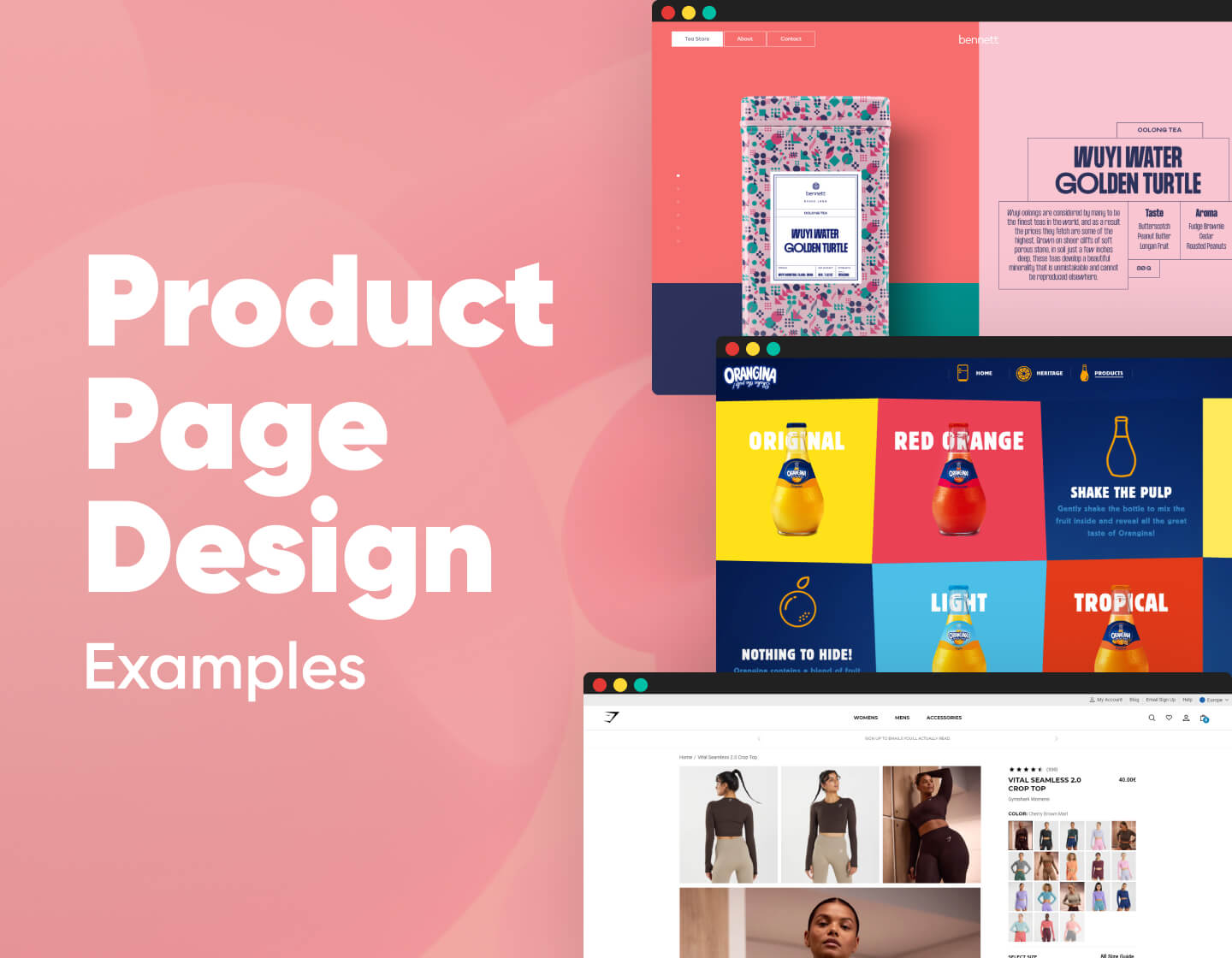How to Develop a Successful Product Design Mindset

The field of product design is a captivating and complex field that combines innovation with practicality. At its core, product design is about creating solutions that fulfill the requirements of users while also fulfilling organizational aims. This journey involves a deep understanding of the target audience, the competitive environment, and the technological framework within which a product will operate. As the journey from vision to realization unfolds, the product designer plays a crucial role in making certain that every component conforms with the overarching vision.

Developing a successful product design philosophy is crucial for anyone looking to make advancements within this field. It demands not only technical skills but also a robust capability to connect with users and foresee their desires and pains. By fostering a mindset that embraces cooperation, inquisitiveness, and iterative thinking, designers can create products that are not only beautiful but also useful and user-friendly. Learning the foundations of product design can result in the development of meaningful and purposeful solutions that connect with the everyday lives of users.
Grasping Client Needs
To develop a successful product design approach, it's crucial to begin with a thorough understanding of consumer requirements. This includes diligently communicating with prospective users to uncover their desires, frustrations, and preferences. By utilizing a customer-focused perspective, creators can ensure that the product will not only fulfill client needs but also enhance their overall experience. Engaging through conversations, conducting surveys, and observing consumer behaviors are valuable strategies to gather meaningful information.
Once you have assembled information about consumer requirements, examination becomes essential. Identify regularities and recurring concepts that arise from your investigation. This analysis helps in categorizing which user requirements are the most urgent and need to be addressed in the design process. By centering around the fundamental needs, product designers can produce solutions that align with clients and fulfill their basic requirements. Keeping consumer needs at the center of design choices ultimately results in more successful products.
In addition, empathy plays a critical role in comprehending consumer requirements. Developers must put themselves in the clients' perspective, thinking about their regular difficulties and how the product integrates into their daily routines. Cultivating compassion in addition helps in the development of significant products but also fosters a more profound connection between the designer and the consumer. By cultivating this understanding mindset, product designers can design products that are not only utilitarian but also emotionally connected, resulting in a enhanced meaningful consumer interaction.
Fostering a Innovative Process
A successful product design mindset starts with nurturing a creative process that fosters discovery and innovation. This process often starts with brainstorming ideas without limitations, allowing all thought to surface. Adopting a free-thinking approach aids to generate a diverse set of concepts that can afterwards be polished. Cooperation is also crucial; exchanging ideas with peers can yield unexpected insights and enhancements. Involving with diverse perspectives ignites creativity and can elevate the overall design quality.
Once ideas have been produced, the next step is to focus them down through critical evaluation. This requires assessing all concept's feasibility, desirability, and viability. It is crucial to remain flexible during this stage, as what may initially a weaker idea could spark a stronger solution. Utilizing tools such as diagrams, mockups, and virtual prototypes aids in representing the concepts, making it simpler to convey and refine them. Iteration is key; design should be seen as a loop of constant improvement rather than a fixed path.
The final phase of this imaginative process involves evaluating and collecting feedback, which is vital for effective product design. Prototypes should be shared with specific users to gain insights into their feedback and preferences. This feedback helps pinpoint strengths and weaknesses in the design, guiding important adjustments. Focusing on user-centric design ensures that the final product not only meets visual criteria but also satisfies operational needs and enhances client satisfaction. Nurturing this iterative process fosters a mindset that values learning from both triumphs and setbacks, ultimately culminating in more effective product designs.
Improving and Testing Sample Models
Improving and testing mock-ups is a crucial step in the product design process. This phase allows creators to refine their ideas based on actual client feedback. By developing prototypes, whether they are low-res drawings or detailed digital representations, the designers can observe how users interact with the design. This engagement provides valuable insights into functionality, usability, and areas needing improvement.
Assessing prototypes with real customers helps reveal unexpected issues that may not be clear during the development phase. Collecting feedback can involve multiple approaches, such as user testing, feedback forms, or informal discussions. The aim is to grasp the customer experience and identify pain points, guaranteeing that adjustments can be made before advancing to the final stages. Regular assessment fosters a climate of ongoing enhancement, allowing for new ideas to arise.
As the prototype evolves through cycles, teams can implement changes based on client feedback and further enhance their offering. This process of developing samples, assessing, and improving ultimately leads to a more fitting offering that satisfies user needs and expectations. Emphasizing this cyclical process not only enhances the final product but also cultivates a mindset that prioritizes user-focused design throughout the entire design journey.
